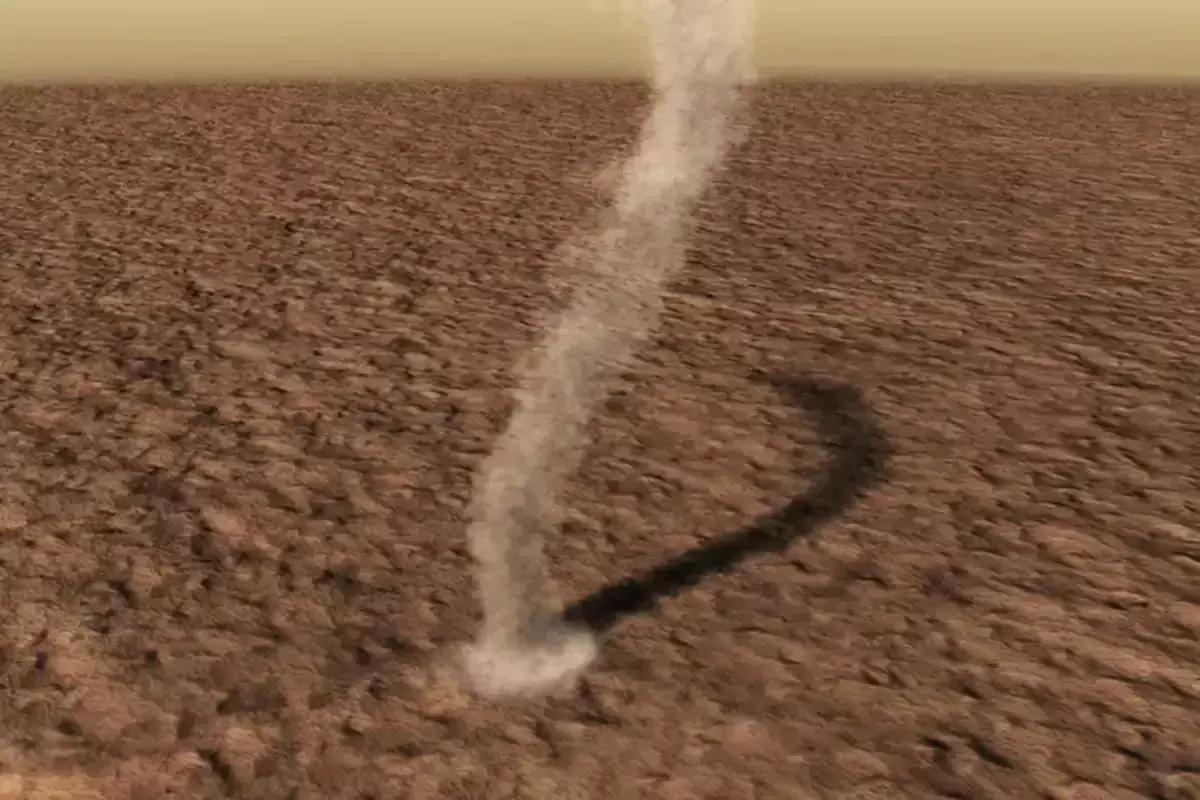
Mars dust devil's sound recorded for the first time
text_fieldsParis: The mysterious dust devil of Mars is caught on a recording device for the first time ever. The eye of the whirlwind swept over the top of NASA's Perseverance rover and its microphone picked up the sounds made by the dust devil.
Dust devils are common on the red planet. They are short-lived whirlwinds that are full of dust. They form when there is a major difference between ground and air temperature. Researchers think the voice recording will help them better understand the weather and climate on Mars, reported AFP.
These whirlwinds are common in Jezero crater where the rover has been since February 2021. This time, the microphone on the rover's SuperCam captured a muffled, whirring sound from the dust.
Murdoch, a planetary researcher at France's ISAE-SUPAERO space research institute, said the wind associated with the dust devil can be heard the moment it arrives. After that, nothing is heard because the device is in the eye of the vortex. The sound only returns when the microphone passes through the second wall of the whirlwind.
The voice recording has a tac tac tac sound and experts think they can count the number of particles and study the whirlwind's structure as well as behaviour.
In some parts of the planet, whirlwinds pass by and suck up dust. Sometimes, solar panels are cleaned along the way. Other times, whirlwinds do not move much dust but only air. Scientists do not know why but now they are hoping to gain insight into the matter. Analysing the dust will allow researchers to study the interactions between Mars' ground and its extremely thin atmosphere.

















